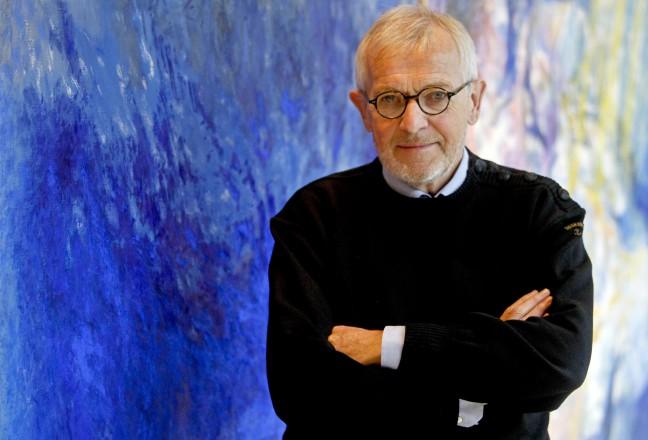A University of Wisconsin researcher received a notable award for his contributions to natural science through his IceCube neutrino telescope project.
The Balzan Prize annually recognizes four scientists who have made outstanding contributions to the fields of humanities, culture, natural sciences and peace endeavors.
“It was a big surprise. I didn’t even know what this prize was until someone called me to tell me the news,” Halzen said. “But what made me feel good was that I now know I’ve been nominated by my local friends and colleagues. And if anything that’s a bigger reward than receiving the prize.”
A theoretical physicist, Halzen said he was never meant to do an experiment of this kind, and that his involvement with the experiment happened on accident.
But in the original paper, he and his team always knew they wanted to build what is now IceCube. But it was a matter of how they were going to build it that Halzen said was a long journey.
It took 10 years to develop a working idea for IceCube. They first built the Antarctic Muon and Neutrino Detector Array (AMANDA) as a proof concept for a high-energy neutrino telescope in the late ’80s. It then took five years to receive funding for IceCube and another 10 years to build the telescope.
“Nobody had ever built anything like this before,” Halzen said.
Halzen said IceCube drills holes in the ice, and using light sensors, the telescope can detect the light produced by neutrinos. The fine-tuning of this method lead to the discovery of the high-energy neutrinos, but there were times when Halzen said failure was imminent.
“The prize isn’t for me, it’s for this experiment,” Halzen said. “Prizes are not given to experiments and I think that’s very unfortunate.”
Halzen said the most important finding by IceCube is the universe’s production of neutrinos. Now he is looking into where they are produced, but he said it is an exciting time, as they are closing in on an answer.














